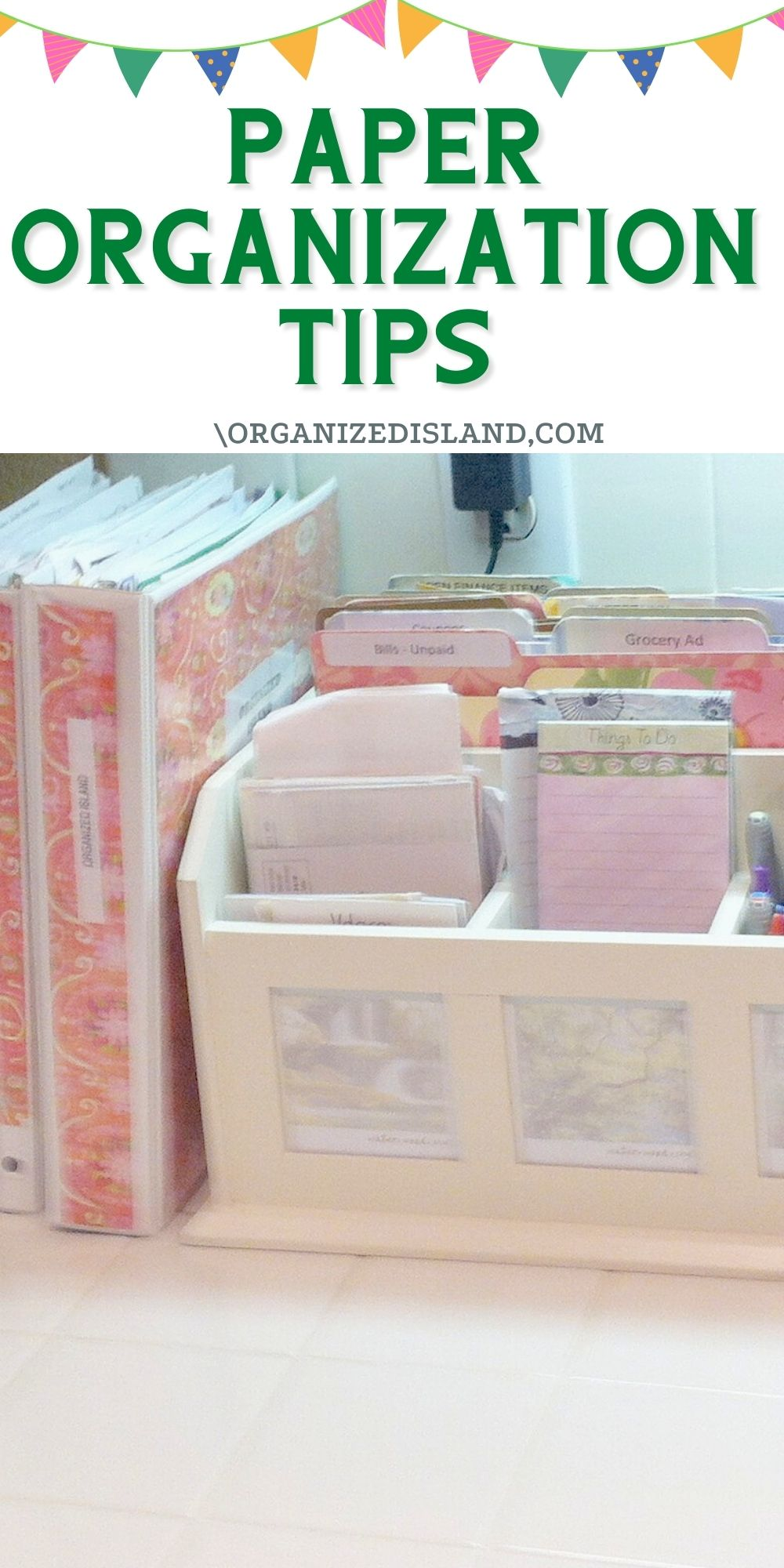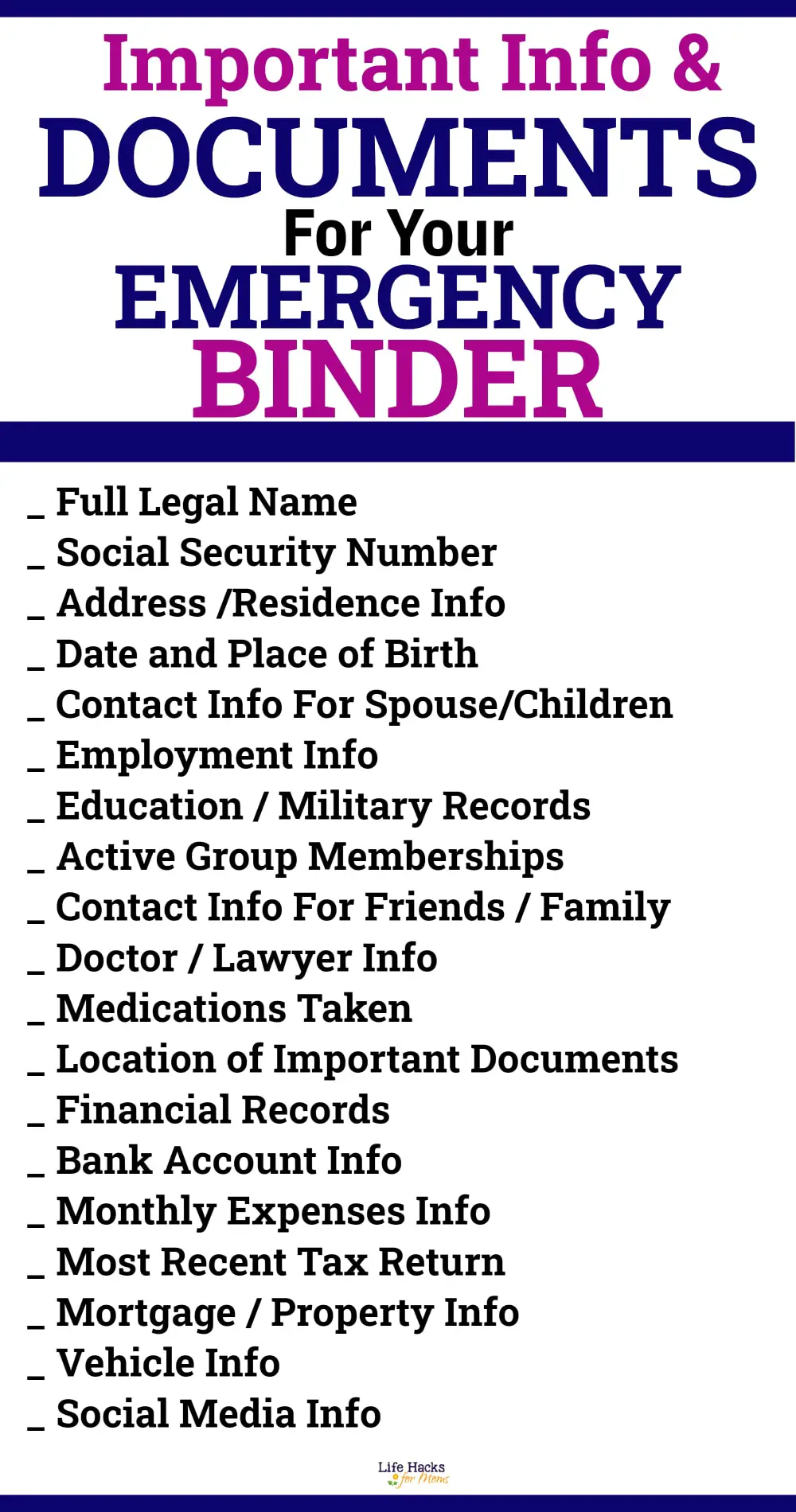DIY Paperwork: Build Your Own Documents Easily

Managing your personal and professional documentation can often feel overwhelming, particularly when you need to customize documents for unique situations. The process can be fraught with legal jargon, formatting issues, and the uncertainty of whether the document will serve its purpose effectively. However, with a little know-how and the right tools, you can build your own documents easily. This guide aims to demystify the process of creating DIY paperwork, ensuring you can produce legal, professional, and personal documents tailored to your needs with ease.
Understanding Your Document Needs


Before diving into document creation, it’s essential to pinpoint exactly what type of document you need. Here are a few common scenarios:
- Legal Documents: Contracts, wills, leases, power of attorney.
- Business Documents: Invoices, proposals, employment agreements, non-disclosure agreements.
- Personal Documents: Letters of recommendation, travel consent for minors, résumés, and personal statements.
Tools You’ll Need

To embark on this DIY document journey, you’ll need:
- A Word Processor: Software like Microsoft Word, Google Docs, or LibreOffice for editing and formatting.
- Online Templates: Websites offering free or premium document templates like Rocket Lawyer, LawDepot, or template.net.
- PDF Editor: For finalizing documents or signing agreements, tools like Adobe Acrobat or online services like Smallpdf are invaluable.
- Research Material: Access to legal resources or sample documents for reference.
Step-by-Step Guide to DIY Documentation

1. Choose Your Template

Start by selecting a template that most closely matches the document you need:
- Go to websites offering document templates.
- Choose a template that aligns with your needs in terms of format, content, and legal requirements.
- Review user ratings or professional validations if available to ensure reliability.
📝 Note: Ensure the template you select is up-to-date with current laws or practices relevant to your document’s purpose.
2. Customize the Document

Once you have your template:
- Open it in your word processor.
- Replace placeholders with your specific information.
- Adjust text to reflect your situation, add personal touches, and review for clarity.
- Ensure that the document’s format is consistent with legal standards if applicable.
3. Proofreading and Legal Review

This step is crucial:
- Read through the entire document for errors, ambiguities, or missing sections.
- Consider getting a legal or professional review for high-stakes documents.
| Document Type | Recommended Review |
|---|---|
| Legal Documents | Legal professional |
| Business Proposals | Business consultant or advisor |
| Personal Letters | Trusted advisor or friend |

4. Formatting for Professionalism

Your document should look as professional as it functions:
- Ensure consistent fonts, spacing, and alignment.
- Use headers, footers, and page numbers where necessary.
- If signing is required, consider digital signatures or leave space for physical signatures.
5. Finalizing and Distribution

With your document polished:
- Save in an appropriate format like PDF to prevent further edits.
- Send or deliver the document as needed, keeping records of distribution and acknowledgment.
In crafting your own documents, the key is to be meticulous about the content while making the process as simple and straightforward as possible. Here are a few key points to remember:
Final Words

Creating your own documents might seem daunting at first, but with the tools and steps outlined above, it becomes a manageable task. By understanding your needs, selecting the right templates, customizing thoughtfully, and ensuring accuracy through proofreading and professional reviews, you empower yourself to handle personal and professional affairs with confidence. Remember, while this guide provides a framework, adapting your documents to meet specific needs is essential. By following these steps, you can craft documents that are not only legally sound but also tailored to your unique situations, providing clarity, protection, and professionalism in every aspect of your life.
How do I choose the right template for my document?

+
Look for templates that match the document’s purpose and format. Ensure they are professionally made or user-vetted, and consider if they need to comply with any legal standards or are simply for internal use.
Is it necessary to get legal advice for all documents?

+
Not all documents require legal advice, but for high-stakes documents like contracts, wills, or leases, professional legal review is advisable to ensure they meet legal standards and protect your interests.
What is the importance of proofreading a document?

+
Proofreading ensures that your document is free from grammatical errors, ambiguities, and factual mistakes, which could undermine its effectiveness or legality.



